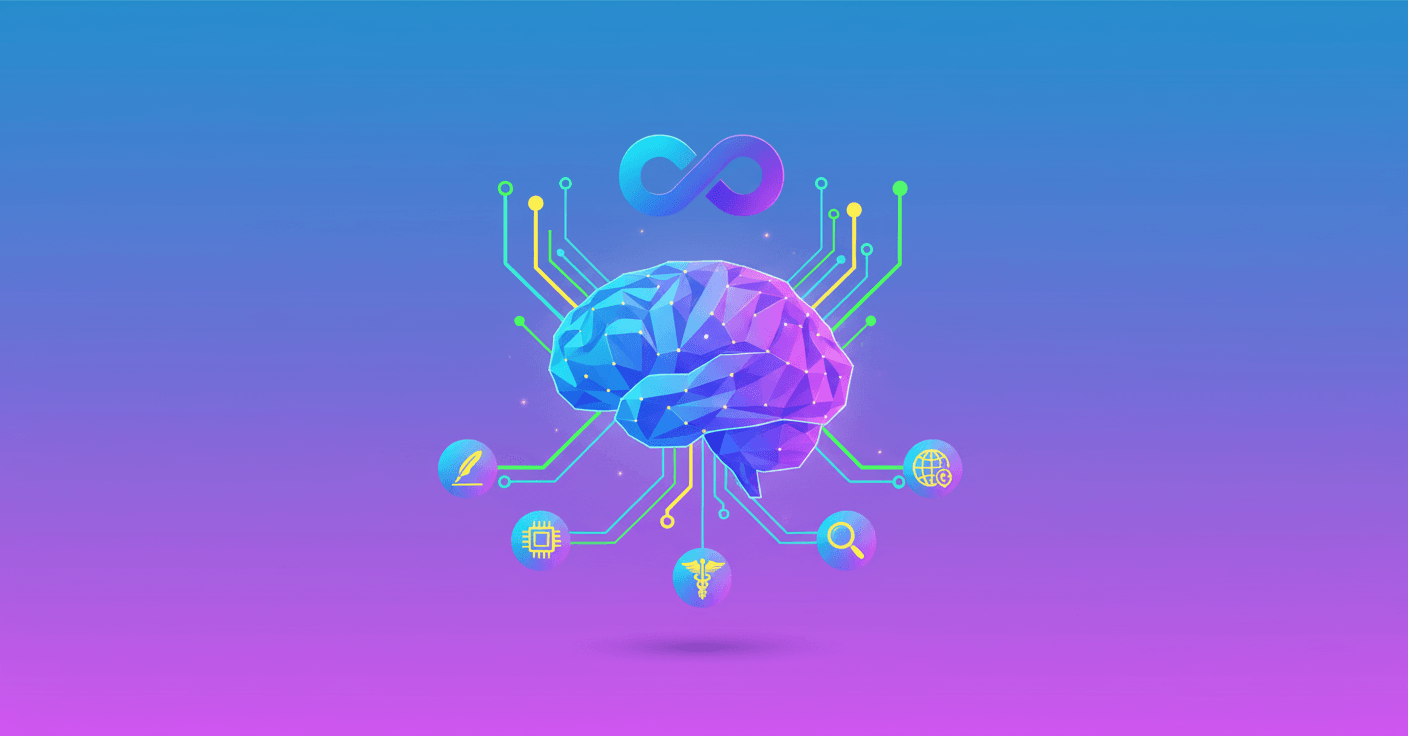You wake up, open ChatGPT and ask it three things: a summary of a long PDF, a publishing-ready landing page, and a clear explanation of some medical results. What if that help today were more precise, more honest and faster? That’s what GPT‑5 promises, the new brain from OpenAI announced on August 7, 2025. (openai.com)
What GPT‑5 is and why it matters
GPT‑5 is a unified system: it decides when to reply quickly and when to “think” longer to reach expert-level answers. A real-time router chooses between the standard mode and the reasoning mode ('GPT‑5 thinking') based on how complex your request is and your explicit intent (yes, you can tell it 'think deeply about this' and it will). The idea: make the experience transparent and useful for everyday tasks. (openai.com)
GPT‑5 is now the default model in ChatGPT for signed-in users, replacing earlier versions like GPT‑4o and o3. (openai.com)
What it's better at (with grounded examples)
-
Writing: turns loose ideas into texts with better rhythm and depth. If you’re prepping a speech or polishing a report, you’ll notice a more precise, coherent voice.
-
Code: generates complex front-ends and debugs large repos with improved aesthetic sense (better spacing, typography and visual rhythm). Want a mini-game or a responsive site from a single prompt? More feasible than before. (openai.com)
-
Health: acts like a thinking partner that asks clarifying questions and gives context to help you understand results and prepare for appointments with professionals (it doesn’t replace them). It also raises the bar in internal and public medical evaluations. (openai.com)
Measured performance
On public and human benchmarks, GPT‑5 sets new highs: AIME 2025 (94.6% without tools), SWE‑bench Verified (74.9%), MMMU multimodal (84.2%) and HealthBench Hard (46.2%). With the extended reasoning mode, it reaches 88.4% on GPQA. Translation? Better answers in math, code, multimodal understanding and health scenarios you’ll actually notice day to day. (openai.com)
Automatic reasoning and GPT‑5 pro
When the task calls for it, ChatGPT turns on reasoning automatically. For the toughest challenges there's GPT‑5 pro, which “thinks” longer more efficiently — external evaluators preferred it 67.8% of the time over GPT‑5 thinking, with 22% fewer major errors. If you do research, engineering or complex analysis, this profile will give you the best returns. (openai.com)
Also, GPT‑5 does more with less: it outperforms o3 while using between 50% and 80% fewer output tokens on tasks like visual reasoning and advanced scientific problem solving. Less wordiness, more substance. (openai.com)
Fewer hallucinations, more honesty
OpenAI reports GPT‑5 makes about 45% fewer factual errors than GPT‑4o on real web-search queries; and, in reasoning mode, ~80% fewer than o3. It also reduces "open hallucination" in tests designed to push sustained factual accuracy. For you, that means more reliable answers when a conversation gets long and technical. (openai.com)
Another improvement: the model is less prone to being "overly helpful". In tests focused on reducing flattery (saying yes to please), GPT‑5 cut servile responses from 14.5% to under 6%. It feels less robotic: fewer unnecessary emojis and more nuance when following up. Isn’t it better to be contradicted with reasons when needed? (openai.com)
Personalization and control
If you use Custom Instructions, GPT‑5 follows them more faithfully. That translates to less friction: tone, format and boundaries that are more consistent with what you asked, without re-explaining your preferences each time. (openai.com)
How to use GPT‑5 today
-
Already in ChatGPT: GPT‑5 is the default for signed-in users. You can force reasoning by selecting “GPT‑5 Thinking” in the model selector or by writing 'think deeply about this' in the prompt. (openai.com)
-
For coding: Plus, Pro and Team tiers can start using it in the Codex CLI by signing in with ChatGPT. Great for quick prototypes and automation. (openai.com)
Availability and access
The rollout began on August 7, 2025 for Free, Plus, Pro and Team users; Enterprise and Edu get access a week later. The difference between free and paid is usage volume: Pro has unlimited access and to GPT‑5 pro; Plus and Team have generous daily limits; Free gets GPT‑5 with limits and, when exhausted, falls back to GPT‑5 mini. If your team relies on ChatGPT, the experience should be smooth as the default model. (openai.com)
What it means for you
- Entrepreneurs and teams: more end-to-end delivery (from description to prototype), fewer back-and-forths.
- Professionals and students: summaries and explanations with more context and caution; a better base for informed decisions.
- Developers: functional front-ends, repo-scale debugging and agentic reasoning for multi-step tasks.
AI stops feeling futuristic and becomes a daily tool: precise when you need it, and reflective when you ask for it. The key is to use it with judgment: as a copilot that organizes, clarifies and speeds things up, not as the final judge. GPT‑5 pushes that balance one step closer to everyday life. (openai.com)
